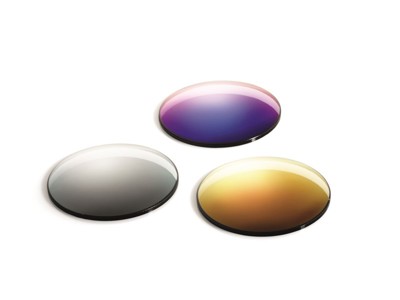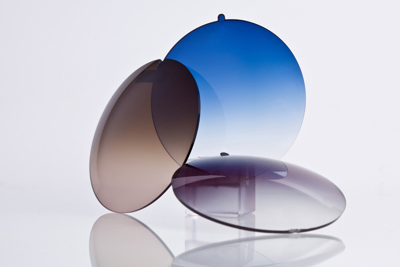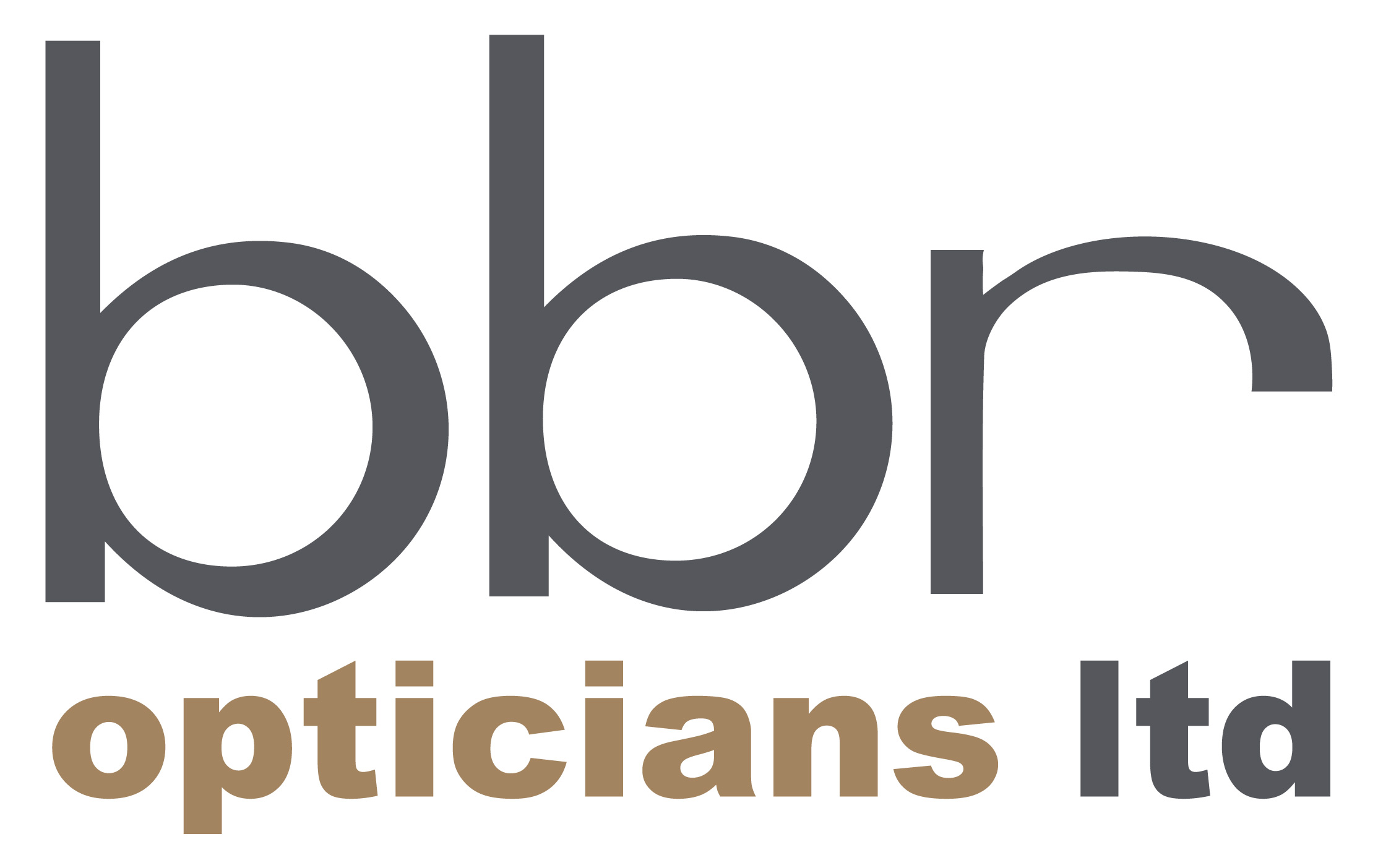Call Us: 01691 654327
Lenses
Being an independent opticians allows us to work with a range of lens manufacturers, including Hoya, Zeiss and Nikon, who are at the leading edge of modern lens design and technology. Because we are not limited to one supplier we are able to advise on the ideal lenses to suit your personal requirements and budgets.
Lenses
Single Power lenses
As their name implies these are corrective spectacle lenses with the same prescription over their whole surface and are available in an extensive range of materials and powers. They are used when you want to have the widest field of view for a specific focus – for example, for driving, intermediate or reading lenses, and are available in the widest possible range of materials and powers.
Newer materials are available, if you have a higher prescription, because they enable the lens to be much thinner than traditional plastic or glass lens materials.
Bifocals
Bifocals are used when you need to be able to see two different distances, when wearing the same pair of spectacles. They are usually made with the distance correction in the top or main part of the lens and the near vision correction in the lower part or smaller area [segment], but they can be made with different combinations. The reading segment is placed so that it does not interfere with your vision when you look straight ahead through the distance portion of the lens, but is easily accessible when you look down at something nearer.
Bifocals are useful when you require easily defined areas, or need large or unusually placed areas for near vision.
Varifocals
Varifocals, sometimes called progressive power lenses or multifocals are lenses which have a gradual power change over their surface. Generally the power alters from your full distance correction to your full near focus correction so you do not have a noticeable dividing line on the lens surface, improving the cosmetic appearance and visual performance of the lens. No matter how far away something is there is a place on the lens that will allow you to see it clearly. There are many different designs of varifocal lenses available to suit most budgets and visual requirements. The latest designs aim to provide the greatest ease of use with the optimum visual performance. Although these lenses can take a few weeks to adapt to using, most people are able to wear them immediately a minimum of difficulty.
Occupational Lenses
There are times when ‘standard’ designs are not completely suitable. Some occupations, i.e. pilots, electricians, mechanics and painters and decorators, require the ability see near objects above them, as well as having normally placed distance and reading vision. There are a range of occupational designs for use in these circumstances. If you work with a VDU screen you may benefit from a lens with a much wider intermediate area than normal.



Lens coatings
Anti-reflection coatings
These will provide you with many advantages, including better vision, especially at night and more attractive spectacles with almost invisible lenses. The special coating to both surfaces of your lenses allows light to travel through them more easily. This reduces the amount of glare – a bonus when driving at night or working at a computer screen all day. Because there are fewer reflections people can see your eyes more easily too – important if you work with people.
The latest anti-reflection coatings incorporate special treatments, to resist oils and water, to help keep them cleaner for longer and reduce condensation.
Hard coat
This is a surface coating that will help to reduce the number of scuffs on plastic lenses during everyday wear. It will not prevent scratches completely, but with careful handling can help your spectacles retain their pristine appearance for longer.
